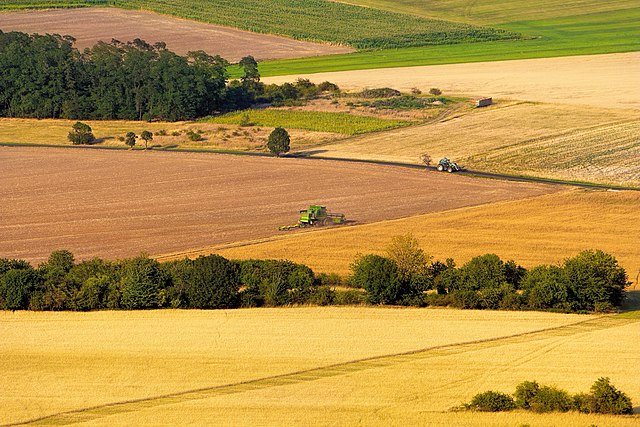Czech agricultural producer prices steered upward by 8.1% year-on-year in December 2024, driving food prices up.
According to a January 17, 2025 release by the Czech Statistical Office, most costs emanate from related industries such as energy.
The outlook points to hefty price tags ahead for basic foodstuff, a trend already apparent in commercial food.
A monthly rise in industrial food production costs by 0.3% in December 2024 particularly affected processed basics including dairy and eggs.
Milk, Eggs, Chocolate on the Rise
Semi-skimmed milk was retailing at 21.5 Czech Koruna ($0.88) in late 2024 while a single egg cost 6.4 Koruna ($0.26).
Furthermore, December 2024’s headline inflation at 2.8% could spill over to 2025 and occasion average 3.8% price gains in apples, eggs and butter.
Other popular products such as beverages are also on the line of getting pricey. Indeed, Lukás Kovanda, an economist, foresees chocolate retailing 20% more than previously due to ongoing global cocoa price trends.
Positive Czech Grain Industry
Nevertheless, Czech agricultural producer prices are approachable in the grain niche due to ample supplies and low costs.
A bumper harvest of wheat and barley in the Czech Republic and the European Union (EU) is keeping wheat prices down.
The EU and Britain will harvest 140.4 million tonnes of wheat in 2025, 15 million tonnes more than in 2024. Likewise, barley in all of Europe will likely hit 59.7 million tonnes, over 2 million tonnes more than in 2024.
Market rates for grain in most EU member countries normally reflect continental production trends. For this reason, Prague can expect low flour prices in the year ahead.
Other Industries
Although agriculture has seen costs spike the most, energy remains the biggest industrial culprit with prices up 6.1% end 2024.
Prices of capital goods also increased by 3% end 2024 from end 2023, as costs mounted in consumer merchandise.
Overall, all combined producer prices in the central European country were up 0.6% month-on-month, December 2024. And as the data below shows, the Czech Republic regularly sees changing agricultural producer prices.
Czech Republic Agricultural Producer Prices Statistics
A 2002 statistical research by Agricon/Agriculture Journals.cz reveals how agricultural producer prices in the country change each month by category. For instance, grapes for wine production changed each month in 2002 from between 91.4 and 102.3 index points. This is even as wine’s producer prices ranged from 75.7 to 106.4 index points.
In terms of hard prices, sharp monthly increases are apparent in any given year. In the sample year, 2001, rapeseed prices changed from lows of 6,679 Koruna ($296.39) per tonne to highs of 7,700 Koruna ($314.31). Celery, meanwhile, ranged from 7,261 koruna ($296.28) per tonne and 21,450 Koruna ($875.59) per tonne across 2001.
How did Czech inflation perform in 2024?
According to Trading Economics there was negative inflation in the Czech Republic at -1.8 and -0.9% in January and February, respectively. The inflation began to accelerate in July at 1.7%, slowed in August to October and then peaked in November at 1.7%. It ended the year in December at 2.8%.
How do overall producer prices perform in the Czech Republic?
All producer prices, including industrial, averaged 89.37 index points between 1990 and 2024. The lowest point was in February 1990 at 28.20 points while the highest was in January 2023 at 148.40 points.
